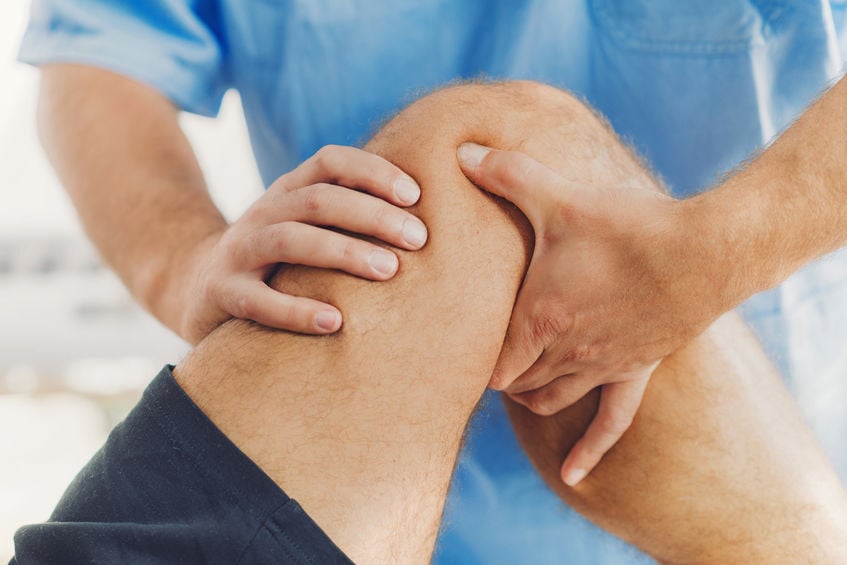Your Shoes And Plantar Fasciitis
Impacting 1% of the population, plantar fasciitis is a common foot condition that causes pain in the heel and the bottom of the foot. The condition occurs when the plantar fascia, a thick band of tissue that connects the toes to the heel, becomes inflamed. Plantar fasciitis is the most common cause of heel pain. The condition can be triggered or exacerbated by inappropriate footwear choices, such as shoes with thin soles, high heels, and shoes lacking proper arch support. The condition’s symptoms, including heel pain, stiffness, and arch discomfort, can significantly affect daily activities and quality of life.
Beyond bad shoes
The causes of plantar fasciitis can vary, including factors like overuse and participating in high-impact activities. The issue often affects runners, athletes, and individuals who spend long hours standing or running. Other risk factors include having high arches, being overweight, or having a stride or gait that can increase inflammation. There are several simple, non-surgical ways to reduce the pain and discomfort of plantar fasciitis.
1. The right shoes matter
Wearing the wrong shoes is a significant cause of plantar fasciitis. Tight shoes, shoes with high heels, or shoes that do not fit well are all bad options. Consider seeing a specialist that can provide the best shoe options based on the occasion. Choose shoes with a low to moderate heel, thick soles, and good arch support. Replace athletic shoes before becoming worn out. Additionally, wearing firm insoles that provide additional support and cushioning for the feet can help.
2. Stretch it out
Performing regular stretches is crucial in reducing the chance of injury or developing conditions like plantar fasciitis. Before starting any exercise routine, warm up and do some stretching. This helps to increase circulation and flexibility and reduces the chances of injury or discomfort. Heel raises at the edge of the steps are an effective stretch to help the calf and plantar fascia. Toe scrunches or squeezing a towel with the toes can exercise the tissue near the toes. Some individuals also see relief by pulling the top of the toes backward to stretch the tissues. Repeat stretching exercises daily for the best results.
3. Ice, ice baby
Putting ice on the plantar fasciitis can help decrease pain and inflammation. Ice constricts blood vessels and reduces swelling. Place a cold pack wrapped in a towel on the bottom of the foot, arch, and heel. Another option is freezing a small bottle of water or a lacrosse ball, then rolling the area affected by plantar fascia over the cold object. This can be done for 10 to 15 minutes several times daily. Additionally, pharmacists can recommend cold gel or commercial icing products for immediate relief. After icing the feet, stretch out the foot and ankle muscles.
Check your shoes first
Recognizing the importance of proper footwear and making informed choices can help alleviate pain and aid recovery. Shoes have different styles and designs, with many prioritizing appearance over comfort. Long periods in the incorrect footwear will lead to plantar fasciitis. After changing the footwear, see a doctor for accurate diagnosis, personalized treatment, and guidance on lifestyle adjustments. In some cases, surgery may be necessary, but for many people, plantar fasciitis is manageable through footwear changes and incorporating recommended interventions.



